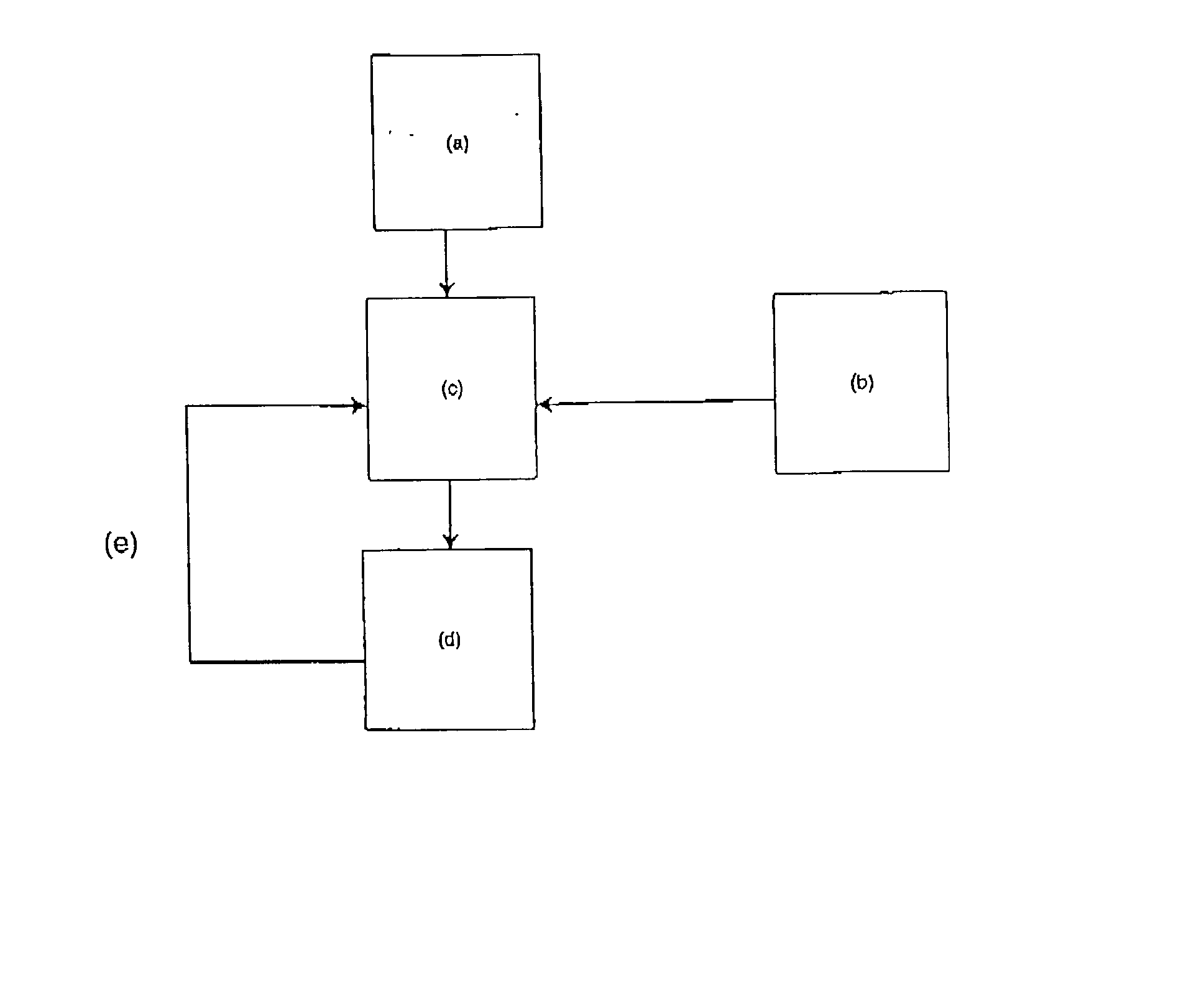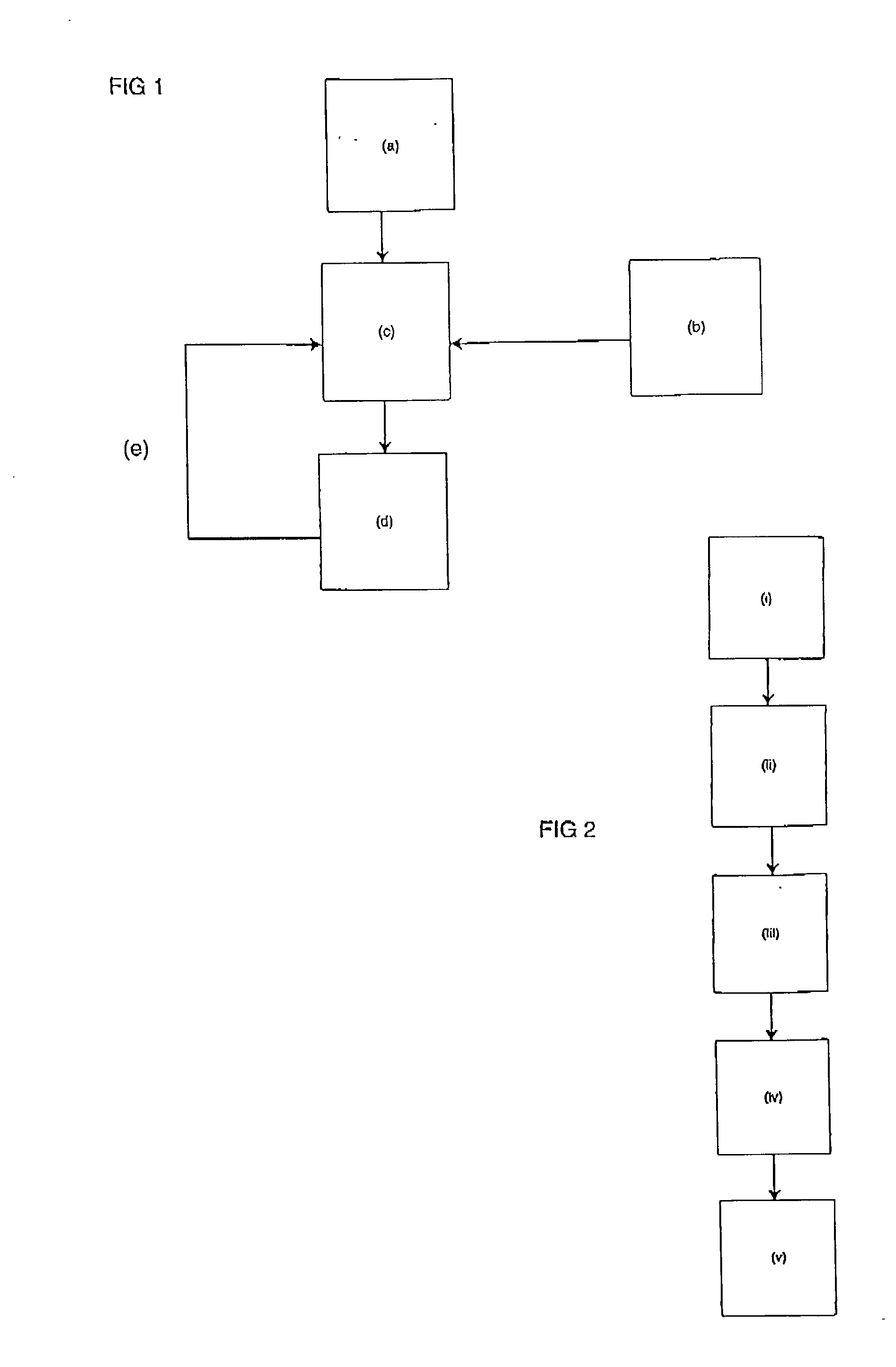Automated learning system
a machine learning and automatic learning technology, applied in the field of automatic learning systems, can solve the problems of labor cost, repetitive and slow process, and difficulty in implementing such machine learning systems, so as to improve the speed and accuracy of the system, reduce the cost of developing, and improve the accuracy of prediction.
- Summary
- Abstract
- Description
- Claims
- Application Information
AI Technical Summary
Benefits of technology
Problems solved by technology
Method used
Image
Examples
Embodiment Construction
[0124] FIG. 1 shows a block schematic diagram of information flows and processes executed by a machine learning system formed in accordance with a preferred embodiment of the present invention.
[0125] In the instances shown with respect to FIG. 1 the machine learning system is handling information flows and completing processes required for the system to receive and process learning data records.
[0126] The first block A represented indicates the machine learning system obtaining data formed from a number of discrete records. This data is provided to the system to allow it to "learn" through analysing the content of each record. Each of the learning data records provided contain a plurality of features, and each record also belongs to at least one specific category.
[0127] Stage B represents the system obtaining or receiving information relating to a category rating for each record supplied in step A. A category record is formed from information particular to each record and gives info...
PUM
 Login to View More
Login to View More Abstract
Description
Claims
Application Information
 Login to View More
Login to View More - R&D
- Intellectual Property
- Life Sciences
- Materials
- Tech Scout
- Unparalleled Data Quality
- Higher Quality Content
- 60% Fewer Hallucinations
Browse by: Latest US Patents, China's latest patents, Technical Efficacy Thesaurus, Application Domain, Technology Topic, Popular Technical Reports.
© 2025 PatSnap. All rights reserved.Legal|Privacy policy|Modern Slavery Act Transparency Statement|Sitemap|About US| Contact US: help@patsnap.com



